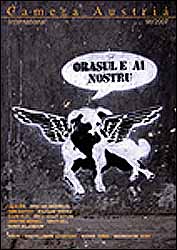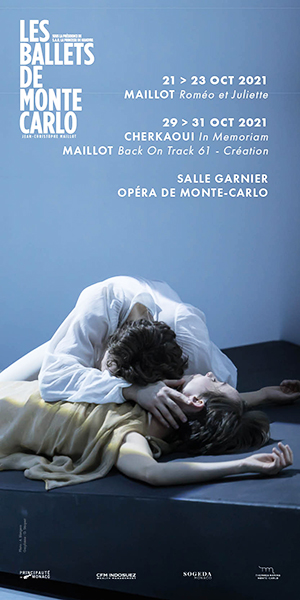Présentation
RĂ©dactrice en chef : Christine Frisinghelli
Camera Austria n°98
Extraits de la préface de Christine Frisinghelli (en anglais)
«In his essay Imperial Landscape, W.J.T. Mitchell explores landscape «as a place of amnesia and erasure, a strategic site for burying the past and veiling history with natural beauty». For the artist Susan Silas and her project Helmbrechts walk, 1998–2003, on the contrary, it acts as a possible place of decoding violence, and in her work she uses it to call for opposition to amnesia. In this series of photos, combined to create a folder, Silas documents sections of the route of a death march of 580 Jewish women, going from Helmbrechts in Bavaria to then Czechoslovakia, shortly after the end of the War in spring 1945. Fifty-three years after this event, Silas re-walked these women’s path. She combines the drama of this march with violence-laden news from the same period and thus accomplishes a complex artistic analysis of this greatest catastrophe of the twentieth century. […]
When Kaplan elaborates in her contribution on Susan Silas that the forest was a significant Nationalist leitmotif for German culture, then this interpretation could also no doubt be applied, in a modified form, to the phenomenon of uniform. A project by Timm Rautert from 1974–1975 appears all the more interesting against this background: Deutsche in Uniform (Germans in uniform). […]
With a contribution by Arno van Roosmalen on the work of Romanian artist Calin Dan, we would like to present the final Camera Austria contribution to the documenta 12 Magazine project for discussion in this issue. For one year now […], we have been discussing one of the key subjects of our work under this project: the social uses of photography based on examples of artistic positions. We are now presenting the work of Calin Dan to conclude the aforementioned contributions to the question posed by documenta 12 «What is bare life?», submitting them to our readers for critical reading.
Calin Dan’s artistic work must be seen against the backdrop of the difficult political situation of the Ceausescu regime in Romania, that induced the historian Calin Dan to speak out politically from the beginning. At a very early stage, he therefore attempted not only to establish a forum for his own artistic work by means of his art-political interventions, but also engaged in work as a curator and art/culture critic. Soon after the revolution in December 1989, he took over management of the Soros Center for Contemporary Art in Bucharest in 1992, within a very short time advancing to become one of the central figures of the Romanian art scene – only to leave Romania shortly afterwards. All the same, he continues to focus almost exclusively on the history, structure and architecture of Bucharest and Romania in his artistic work. His photographs and video works – that are often based on a performative approach, and that he sums up with the concept « emotional architecture » – combine very personal moments in his relationship to the city, to the variously open folkloristic tradition of his country, to historical events, that he links with an analysis of the existing (power) architecture. […]
We already showcased the work of Christine WĂĽrmell at the exhibition «First the artist defines meaning» at Camera Austria’s exhibition space in Kunsthaus Graz in summer last year. Her work combines various quotations from the field of contemporary art history and the field of current everyday culture, society and politics to create a compact tableau of narratives with which the artist constructs new situations and opens up surprising spaces for thought. By thinking and bringing together different systems of reference from art and (mediatised) everyday life in a complex manner, she creates a foil against which to open up space for new narrations of the political and of re-politicising aesthetic discourses. […]
In the four-part column beginning in this issue, our author Rainer Bellenbaum deals with the variable dispositifs of the cinema and exhibition space and the associated artistic, dramatic and narrative practices: How does the juxtaposition of moving images (in the dark) and exhibited images (in the light) produce the division of the sensorial sphere? What aspects of new subjectification does the variable visualisation give rise to?»



 parisART sur Instagram
parisART sur Instagram